Introduction to the 4-3-3 Formation
In the world of football, formations play a crucial role in determining the outcome of a game. One such formation that has immense popularity in recent times is the 4-3-3 formation. Designed to provide a balanced approach to attacking and defending, this formation has been used by several top teams across the globe with considerable success. In this blog post, we will delve deeper into the 4-3-3 formation, its benefits, and how it can be best utilized on the pitch. As a soccer enthusiast, it is essential to have a solid understanding of different formations, and the 4-3-3 formation is an excellent place to start.
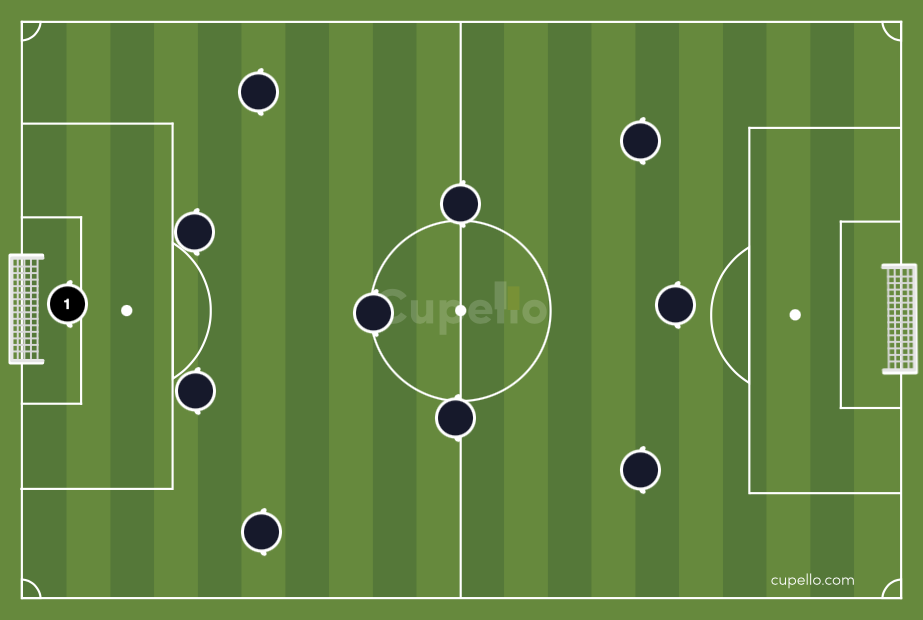
The 4-3-3 formation is a versatile formation made to suit the strengths of a team. The formation consists of four defenders, three midfielders, and three forwards. The defenders are usually split into two center-backs and two full-backs, while the midfielders are split into one central midfielder and two attacking midfielders. The forwards are split into a center forward and two wingers.
The 4-3-3 formation uses a balanced approach to both defense and attack. The four defenders provide a solid defensive foundation, while the midfielders provide support to both the defense and the attack. The attacking trio of the forwards can put immense pressure on the opposition's defense, making it difficult for them to maintain a stable defense. The wingers can stretch the field, creating more space for the center forward to operate in. The central midfielder can dictate the tempo of the game, making it easier for the team to control the ball and maintain possession.
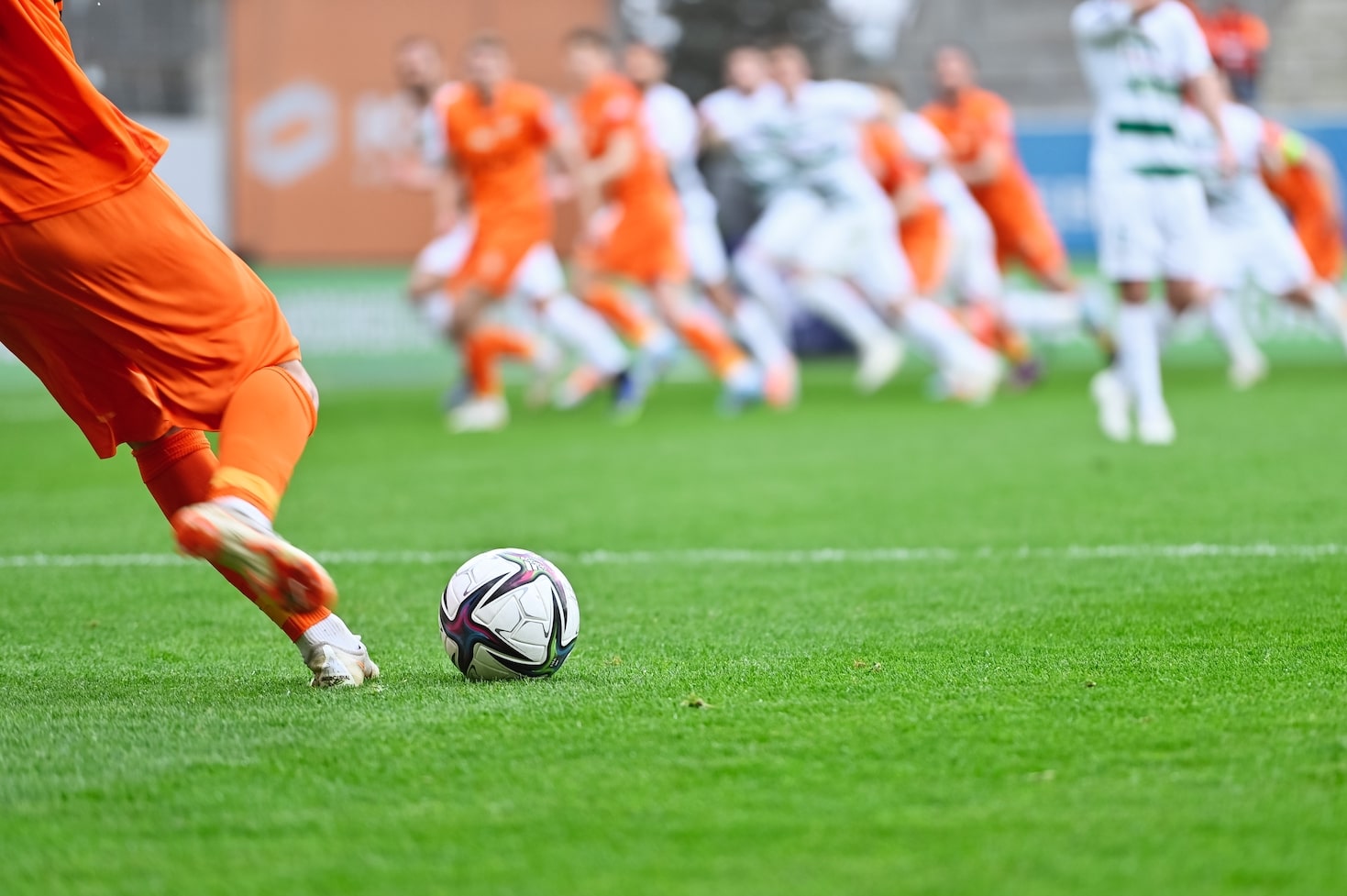
The 4-3-3 system is an excellent formation for teams that want to play a balanced game between attack and defense. It provides immense flexibility to adapt to different opponents and situations. However, it is essential to have the right personnel and tactics to make the most of this formation on the pitch. As a coach or player, understanding the strengths and weaknesses of this formation is crucial to using it effectively.
The Roles of the Forward Line in a 4-3-3 Formation
The forward line in a 4-3-3 formation plays a pivotal role in executing the team's attacking strategy. The formation's attacking trio comprises a center forward and two wingers, each with a unique set of responsibilities.
The center forward is the focal point of the team's attack. They are responsible for leading the team's attacking line, holding the ball up, and making runs to create space for their teammates. Their ability to score goals is of utmost importance, and they must be clinical in front of goal.
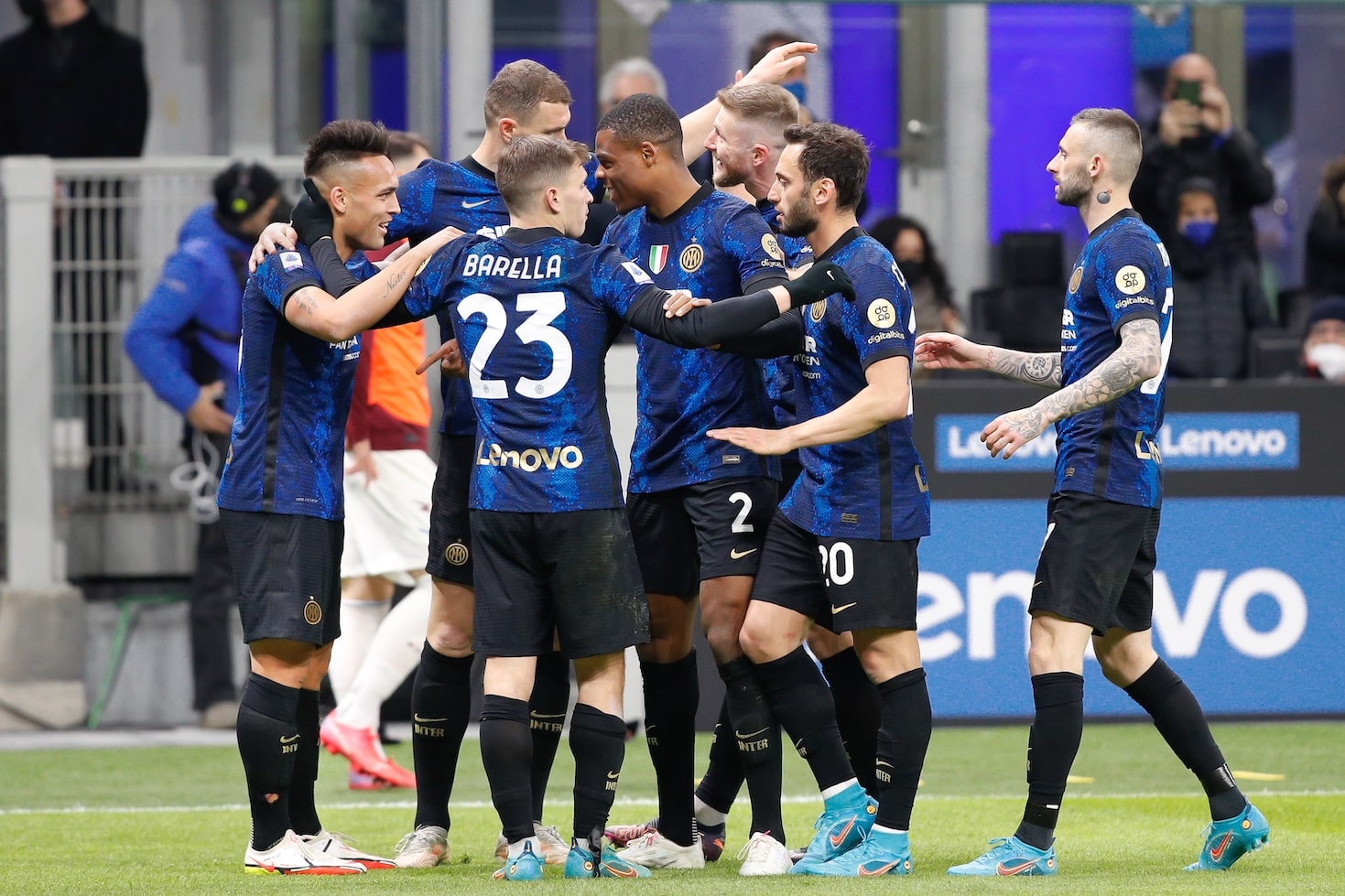
The two wingers, on the other hand, are tasked with providing width to the team's attack. They play a crucial role in stretching the opposition's defense, creating more space for the center forward to operate in. They must have the pace and skill to beat defenders one-on-one and deliver accurate crosses into the box.
Furthermore, the wingers must also be able to track back and defend when the team is not in possession. They must be disciplined in their defensive duties and provide cover for their full-backs.
In conclusion, the forward line in a 4-3-3 formation is a well-balanced unit that must work together seamlessly to create scoring opportunities in the final third. The center forward must be a clinical finisher, while the wingers must provide width, pace, and defensive cover. When utilized effectively, the forward line in a 4-3-3 formation can be a deadly attacking force on the pitch.
The Midfield Trio in a 4-3-3 Formation: Responsibilities and Attributes
The midfield trio in a 4-3-3 formation is a key component of the team's success. The three midfielders must work cohesively to control the game's pace and dictate the flow of play. The formation's midfield is a well-balanced unit that consists of one defensive midfielder, two central midfielders with a box-to-box role.

The defensive midfielder, also known as the holding midfielder, plays a crucial role in protecting the team's defense. They sit in front of the backline and are responsible for breaking up opposition attacks and intercepting passes. They must also have the ability to distribute the ball effectively and initiate counter-attacks.
The two central midfielders in a 4-3-3 formation have a box-to-box role, meaning they must contribute to both the team's attack and defense. They must have excellent technical skills and good vision to pick out passes and create scoring opportunities. Additionally, they must have the stamina to cover a lot of ground and the willingness to put in a shift defensively.
The midfield trio's ability to work together seamlessly is crucial to the team's success in a 4-3-3 formation. They must communicate effectively to maintain possession and switch play quickly when necessary. Their ability to press the opposition's midfield and win the ball back is also a vital component of the team's defensive strategy.
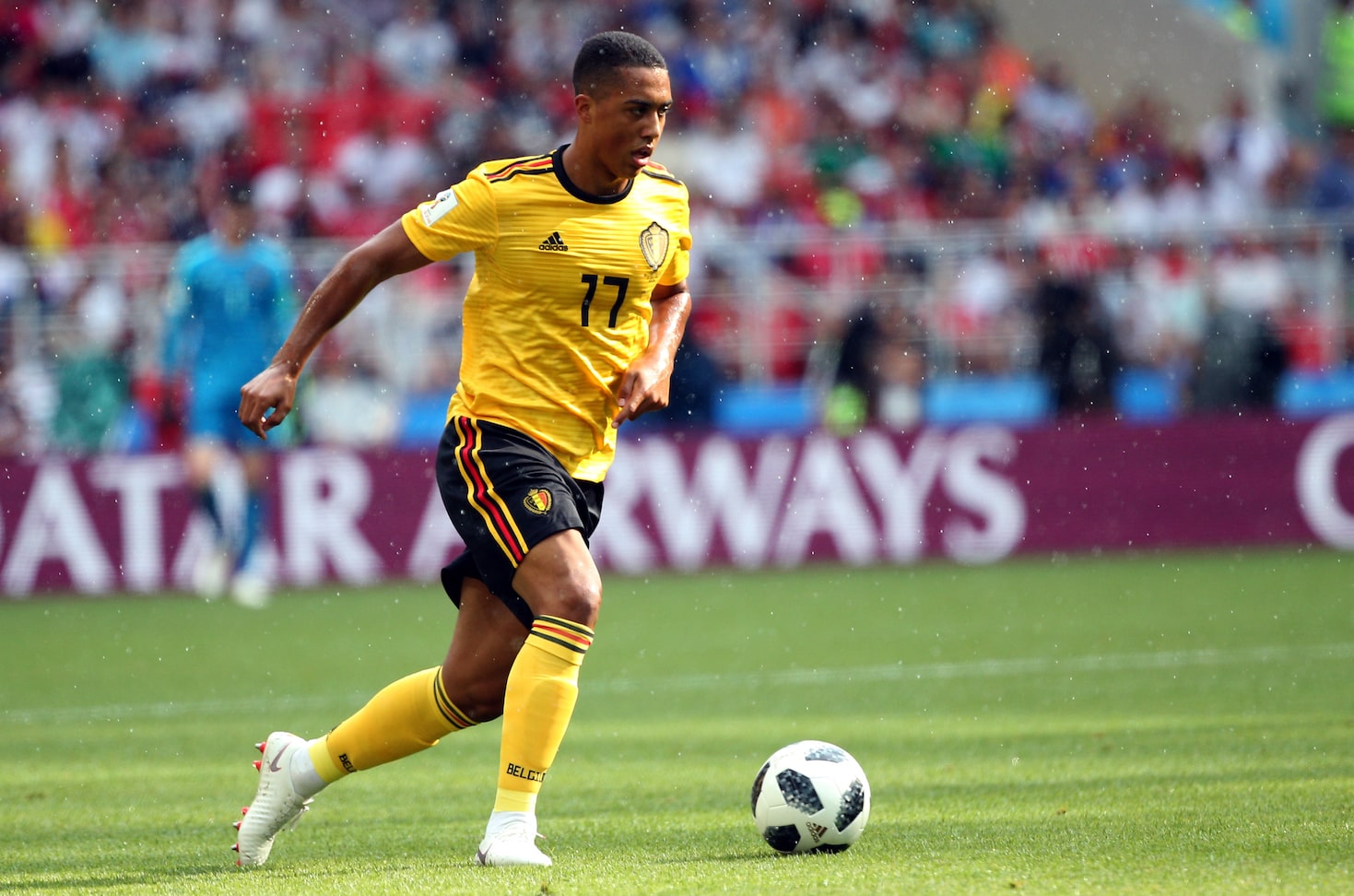
In conclusion, the midfield trio in a 4-3-3 formation is a well-balanced unit that must work together cohesively to control the game's pace, dictate the flow of play, and contribute both offensively and defensively. The defensive midfielder must be a strong presence in front of the backline, breaking up opposition attacks and initiating counter-attacks. The two central midfielders must have excellent technical skills and stamina, contributing to both the attack and defense. When utilized effectively, the midfield trio in a 4-3-3 formation can dominate the game and provide a solid foundation for the team's success. As a soccer coach or professional, understanding the roles and responsibilities of each player in this formation will be crucial for your team's success on the pitch.
The Defensive Setup in a 4-3-3 Formation: Roles and Importance
When it comes to defending in a 4-3-3 formation, the setup is equally as important as the midfield trio. The backline typically consists of four defenders - most commonly two center-backs and two full-backs. The center-backs are tasked with marking the opposition's central attackers, while the full-backs are responsible for covering the wings and supporting the team's attack.
The center-backs in a 4-3-3 formation must be strong, composed, and have exceptional communication skills to organize the defense effectively. They must also have excellent positioning and be able to read the game well to anticipate the opposition's movements. The full-backs, on the other hand, must be fast, agile, and have good crossing ability to support the team's attack. They must also be disciplined enough to track back and defend effectively when necessary.

The defensive unit's ability to work together and communicate effectively is vital to the team's success in a 4-3-3 formation. They must maintain a tight defensive line to prevent the opposition from penetrating and creating goal-scoring opportunities. Additionally, they must stay alert and be ready to react quickly to any changes in the game's pace or flow.
In conclusion, the defensive setup in a 4-3-3 formation is equally as crucial as the midfield trio. The center-backs and full-backs must work together cohesively, communicate effectively, and maintain a tight defensive line to prevent the opposition from scoring. As a soccercoach or professional, understanding each player's roles and responsibilities will help you develop a solid defensive strategy that can contribute to your team's success on the pitch. With the right training and practice, your team can master the 4-3-3 formation and become a force to be reckoned with in the soccer world.
Pros and Cons of Using a 4-3-3 Formation in Soccer
The 4-3-3 formation is a popular choice for soccer teams worldwide, and for good reason. It offers a well-balanced set up, with three attacking players, three midfielders, and four defenders. However, like any formation, there are both pros and cons to using a 4-3-3 formation in soccer.
One of the most significant advantages of using a 4-3-3 formation is its attacking prowess. With three forwards pushing forward, the team can apply constant pressure on the opposition's defense, creating scoring opportunities. Additionally, the three midfielders can support the attack through their runs and passes, making it easier for the forwards to score.
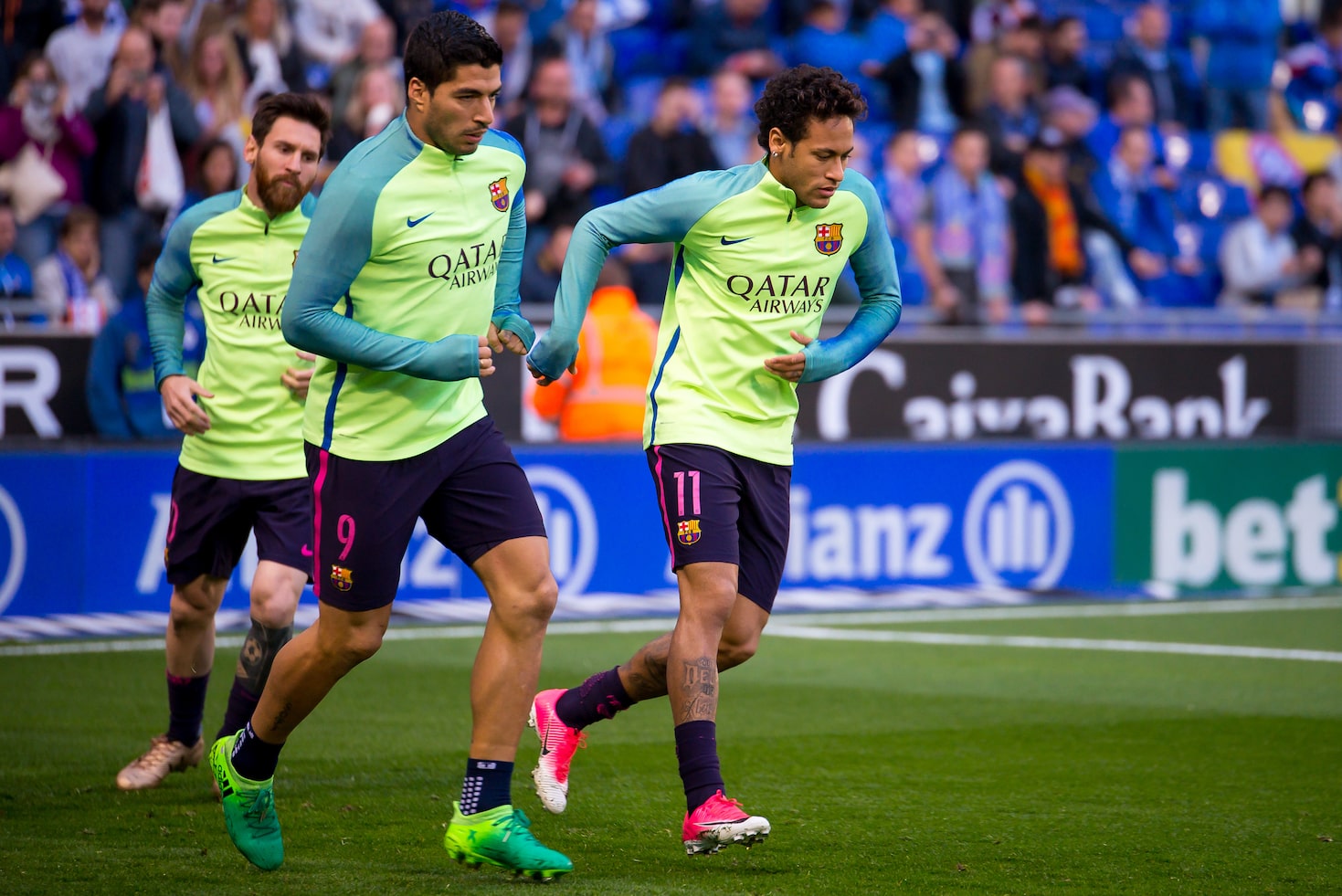
Another advantage of the 4-3-3 formation is its flexibility. The three midfielders can play a more defensive role, shielding the defense and closing down spaces, or they can push forward and support the attack. This allows the team to adjust its style of play depending on the opposition's strength and weaknesses.
However, the 4-3-3 formation also has its disadvantages. One of the most significant weaknesses is its vulnerability to counterattacks. With only four defenders, the opposition can easily exploit spaces left by the attacking players, leaving the defense exposed.
Another disadvantage of the 4-3-3 formation is its reliance on the midfield trio. If the midfielders are not in sync or not performing well, the team's attack and defense can be impacted negatively.
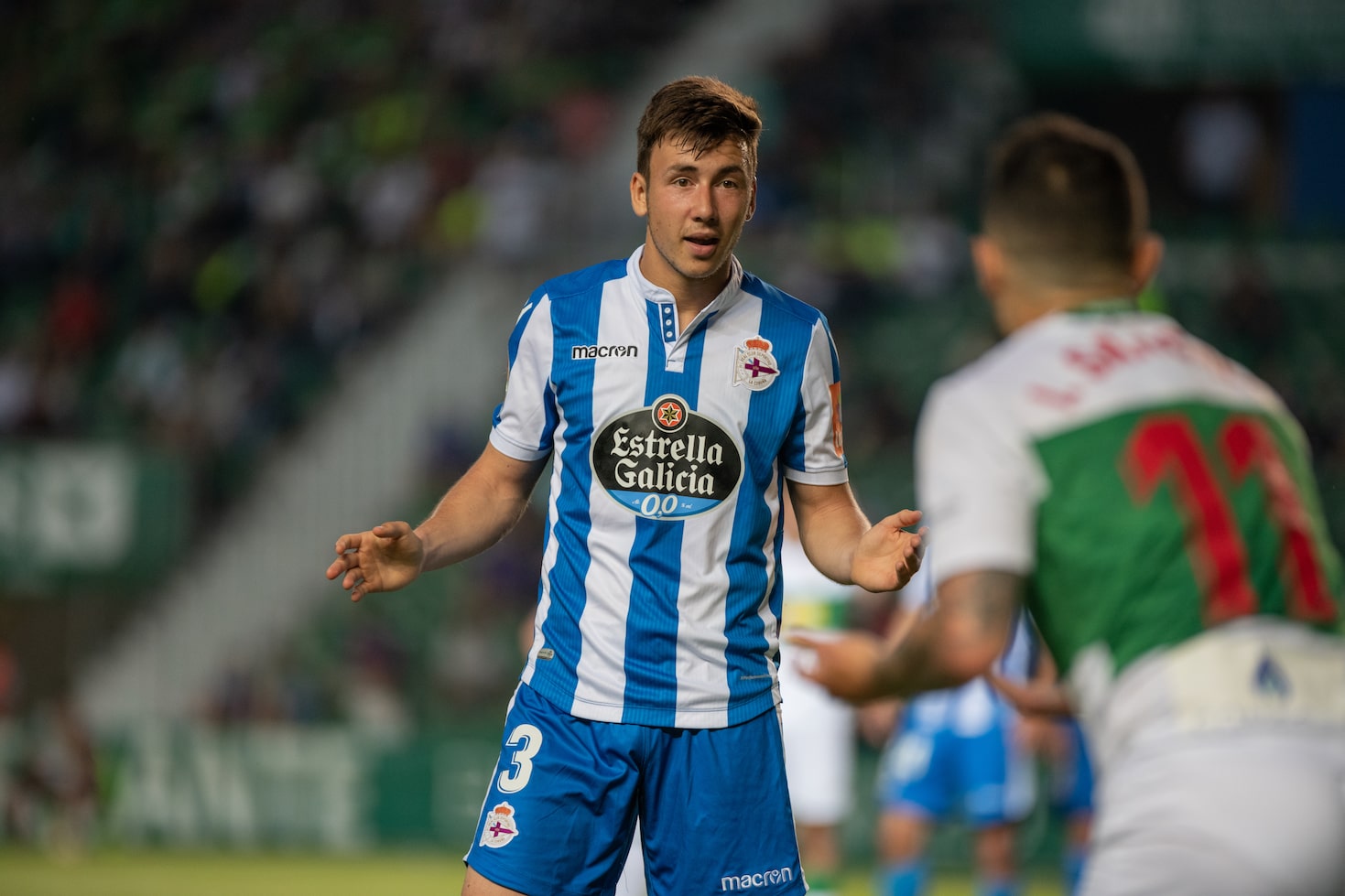
In conclusion, the 4-3-3 formation can be an excellent strategy for soccer teams looking to balance their attack and defense. However, coaches and professionals must be aware of its advantages and disadvantages and adjust their tactics accordingly. With the right training and communication, the 4-3-3 formation can help teams dominate the field and achieve success.
Examples of Successful Teams that Employ the 4-3-3 Formation
The 4-3-3 formation has been used by many successful soccer teams and managers throughout history. Here are some examples of teams that have employed this formation and achieved great success:
1. Barcelona FC: The Spanish giants are famous for their possession-based style of play and have been extremely successful with the 4-3-3 formation. With the likes of Lionel Messi, Luis Suarez, and Neymar leading the attack, Barcelona has won numerous domestic and international titles.
2. Real Madrid: Another Spanish team that has used the 4-3-3 formation to great effect is Real Madrid. With Cristiano Ronaldo, Gareth Bale, and Karim Benzema leading the attack, Real Madrid has won multiple Champions League titles and domestic titles.

3. Liverpool FC: The English Premier League team has also found success with the 4-3-3 formation under manager Jurgen Klopp. With a high-pressing style of play and attacking full-backs, Liverpool has won both domestic and international titles, including the UEFA Champions League.
4. The Netherlands National Team: The Dutch national team has a long history of using the 4-3-3 formation and has been successful with it in the past. With players like Johan Cruyff, Marco van Basten, and Dennis Bergkamp leading the attack, the Netherlands reached the World Cup final in 1974 and 1978.
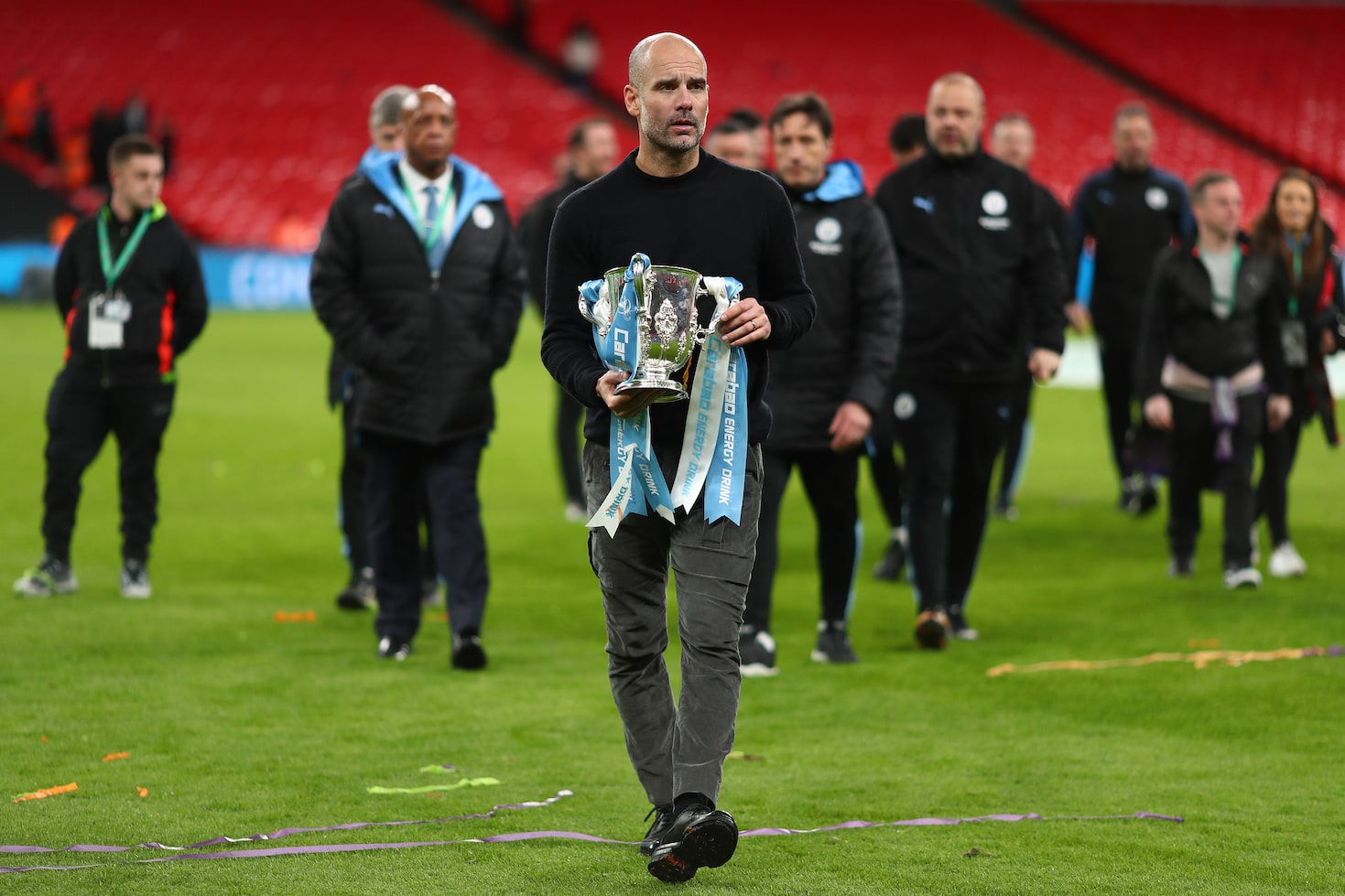
5. Manchester City FC: The English Premier League team has also used the 4-3-3 formation to great success under manager Pep Guardiola. With a focus on possession and quick passing, Manchester City has won multiple domestic titles and reached the UEFA Champions League final.
By studying these successful teams, coaches and professionals can gain valuable insights on how to effectively utilize the 4-3-3 formation in their own strategies. It is important to note that each team is unique and may require adjustments to the formation based on their strengths and weaknesses.
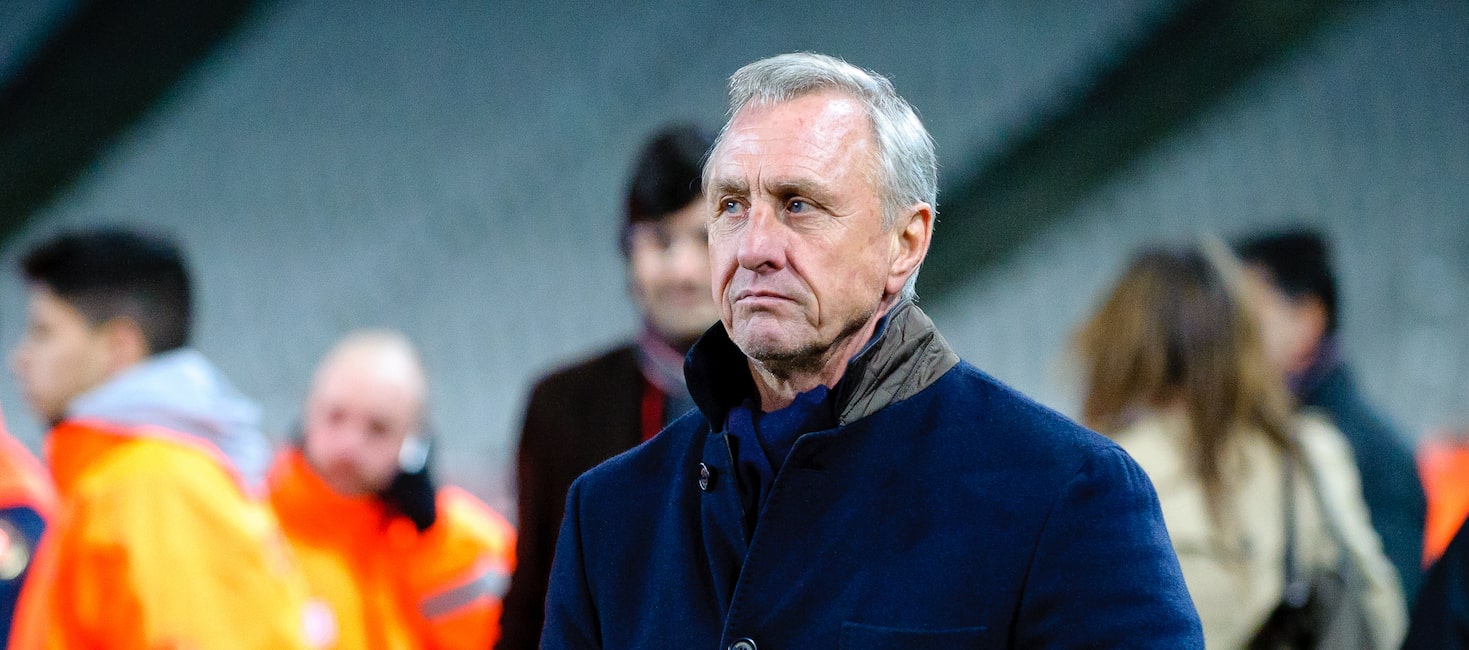
Overall, the 4-3-3 formation can be a powerful tool for soccer teams looking to balance their attack and defense. By understanding its advantages and disadvantages and learning from successful teams, coaches and professionals can implement this strategy effectively and achieve success on the field.


Improve Your GameJust 1.99 p/m
Exclusive drills and sessions, get involved today!
- 100’s of Drills
- Coach to Camera Videos
- Sessions from Pro’s
- Industry Leading Advice
Conclusion
In conclusion, the 4-3-3 formation is a highly effective strategy for soccer teams looking to succeed on the field. It provides a balance between attack and defense and has been used by several successful teams, including Barcelona FC, Real Madrid, Liverpool FC, the Netherlands National Team, and Manchester City FC. By studying these teams and understanding the strengths and weaknesses of the 4-3-3 formation, coaches and professionals can implement this strategy effectively and achieve success in their own games. It is important to note that every team is unique and may require adjustments to the formation based on their strengths and weaknesses. However, with the right approach and careful planning, the 4-3-3 formation can be a powerful tool for any soccer team.


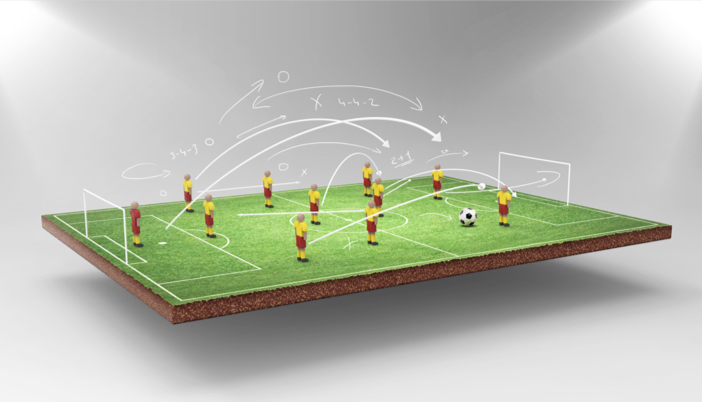
Cupello
Rethinking soccer coaching via our industry leading tools. Built to offer effective coaching development solutions for players and coaches of all levels.